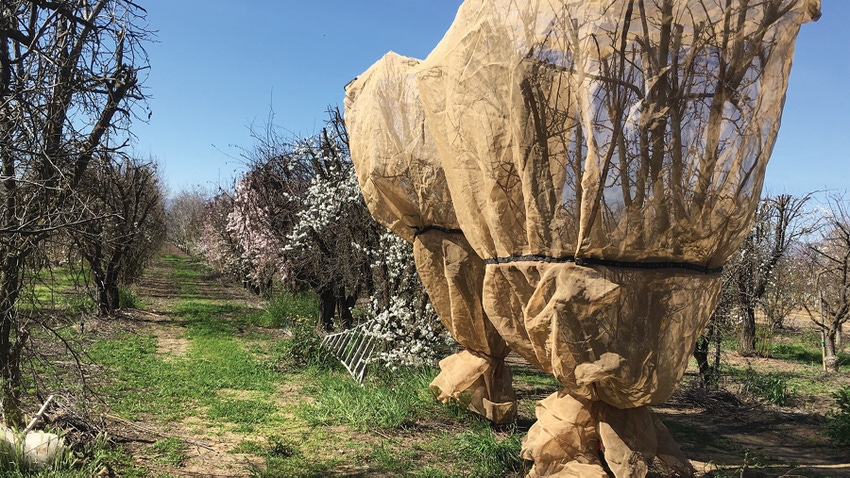
It may be a decade early for the University of California, Davis plant sciences folks to start thinking of a 100th year celebration, but the 89-year-old experimental orchards at Wolfskill continue to garner praise in their research efforts.
Former director Ted DeJong has referred to the acreage deeded to the university in three separate parcels as “a research treasure” in its development of new varieties of tree nuts (almonds and pistachios) as well as cherries, peaches, strawberries, and prunes.
“It’s expensive to maintain orchard crop experiments there and UC Davis projects at Wolfskill have not changed much in the past few years with the main long-term orchard crop projects centering around almond, pistachio, walnut, and prune breeding.”
Claire Heinitz, research leader for USDA ARS, who has the longest title to ever fit on a business card --- National Arid Land Plant Genetic Resources Unit in Parlier and National Clonal Germplasm Repository in Davis --- says: “We’re the National Gene Bank for Mediterranean tree fruits, nut crops, and grapes operating out of about half of the historic orchards. There’s a UC Davis side and a 72-acre USDA side that operates separately, although we collaborate closely.”
The UC side is working diligently on a strawberry breeding program along with the traditional pomology department and all of the breeding blocks for tree breeders. Despite the walnut industry currently being in a disruptive state, work is continuing on the walnut improvement program and developments in the almond industry.
“We operate a gene bank with fourteen different crop collections and our mission is to maintain the genetic diversity of those crops for plant breeders and researchers. There are a lot of historic varieties, but increasingly we are including what is called crop wild relatives.”
Wild relatives
In the tree world, she explains, wild relatives are incredibly useful for introducing new sources of disease resistance and abiotic stress tolerance factors through traditional breeding techniques. "We see a big focus here in rootstock development, particularly for stress tolerance. These wild species --- crop wild relatives --- can be incorporated into rootstock breeding programs that are faster and provide a bigger impact.
“Our primary mission here is to conserve this material to make it available for further research as part of an ex-sita gene bank. It’s like a zoo where we conserve the species by maintaining them for study and then making characterization results publicly available. It also allows us to make bud wood of this material available to researchers and breeders.”
With a collection of over 6,500 accessions representing over 175 species, there’s a lot to choose from. “Last year we distributed 220 requests for material that included over 6,000 individual accessions or 14,000 individual buds.”
Working this year with a depleted horticultural staff, Heinitz says there are a couple of interesting nut tree, specifically almond, projects. “One benefit of having all of this genetic diversity is that researchers can come in and look for wild material as rootstock that has been resistant to fungal infection and stress tolerance.
“In the walnut realm, there’s a ton of work happening involving wild species to create basically a new version of the hybrid paradox rootstock resistant to nematodes and crown ball. Also under evaluation are some seedlings of wild English walnut brought back from the Republic of Georgia that nobody’s ever looked at before.”
This year’s efforts include a continuing struggle to get some really critical materials field-propagated. “We’re at the very beginning of the plant breeding pipeline and that’s slow work, but I’m excited about some of these wild species discoveries and how they can revolutionize the rootstock game for growers of climate-smart orchards responding to specific climatic and water quality challenges.”
About the Author(s)
You May Also Like




